1. Mount Whitney Trail, California – Ends Near a Military Zone

The Mount Whitney Trail leads to the highest point in the continental U.S., but go just a bit beyond, and you’re entering sensitive military territory. The summit itself is legal with a permit, but head southeast past the peak and you’ll be in the vicinity of China Lake Naval Air Weapons Station. Some hikers, especially thru-hikers, accidentally cross into this no-go zone. The boundaries aren’t always marked clearly.
Being caught there can lead to questioning—or worse, depending on what’s going on at the base. There are signs in some areas, but they’re easy to miss if you’re following GPS and not paying attention. Add to that the thrill of exploring forbidden terrain, and some hikers go looking on purpose. The danger isn’t cliffs—it’s federal agents.
2. Angels Landing, Utah – Ends on a Knife-Edge With Death on Both Sides
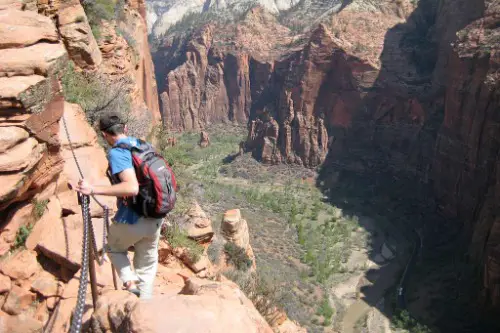
Angels Landing in Zion National Park is only 2.5 miles each way, but the last half-mile is a dizzying scramble along a narrow spine with 1,000-foot drop-offs. In 2022, the park introduced a permit system for the final section due to overcrowding and safety issues. But enforcement can be light, especially early or late in the day. Some hikers sneak past the checkpoint to take on the infamous chain-assisted climb.
It’s not just about defying park rules—it’s the adrenaline rush of doing something you’re technically not allowed to do. For some, that final walk feels like a badge of honor. But the trail has claimed multiple lives, and the park has clear warnings everywhere. If you fall, no one’s stopping you, which adds to the danger—and the temptation.
3. Half Dome, California – Ends at a Cable Route That Feels… Sketchy
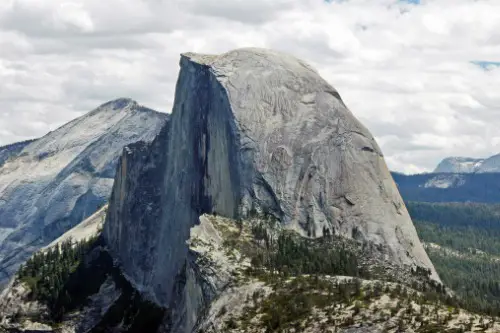
Yosemite’s Half Dome hike is legendary for its steep granite switchbacks and breathtaking views—but the final ascent involves a narrow cable route that makes many turn back. What a lot of people don’t realize is you need a permit just for that last stretch. Some hikers gamble on going up without one, especially late in the season when rangers are sparse. It’s risky, and not just because of the steep drop-offs.
If you’re caught ascending without a permit, you can be fined or turned around. But more often, the “wrong” part is the mental math hikers do when they think they can sneak it. Weather changes quickly up there, and the cables have claimed lives in the past. Still, plenty of thrill-seekers ignore the rules for a shot at standing on the summit.
4. Bright Angel Trail, Arizona – Ends Where Tourists Aren’t Supposed to Go
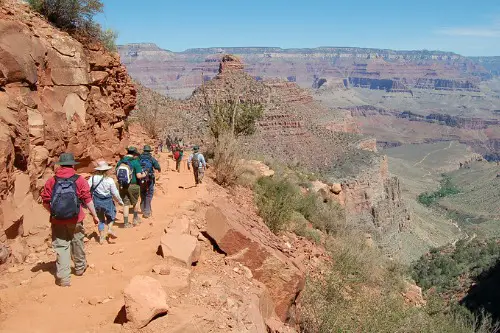
Bright Angel Trail descends from the Grand Canyon’s South Rim all the way to the Colorado River—and beyond that lies a network of unmarked routes not open to the public. Some hikers veer off near the river and explore these side canyons, chasing views and solitude. Rangers strongly discourage this, as these areas are neither patrolled nor mapped. But stories of hidden hot springs and secret campsites keep drawing in the curious.
It’s easy to lose your bearings down there, especially after a long, hot descent. The farther you go, the less cell service and water you’ll find. Still, people chase the idea of “getting lost on purpose,” even if it’s against park regulations. There’s a kind of wild West freedom that lingers in those canyons—until someone has to be rescued.
5. Kalalau Trail, Hawaii – Ends at a Forbidden Beach
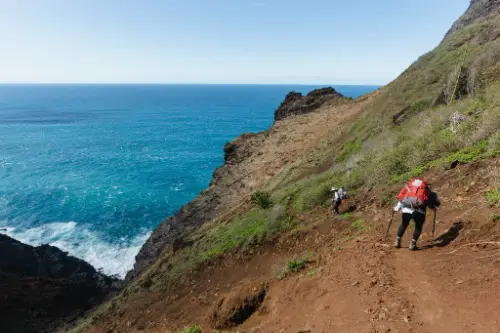
The Kalalau Trail on Kauai’s Napali Coast is 11 miles of jaw-dropping beauty that feels like a dream—until you realize the beach at the end, Kalalau Beach, is technically off-limits for overnight stays without a permit. Rangers regularly patrol the area, and unpermitted campers risk fines or even arrest. Still, some hikers ignore the warnings, lured by the remote paradise and cascading waterfalls. The trail itself is treacherous in spots, especially after rain, which adds to its allure (and danger).
What makes Kalalau especially controversial is the small community of squatters who’ve secretly lived there off-grid for years. Some hikers stumble upon them and get a glimpse of what looks like a hippie utopia, but it’s illegal all the same. The state has tried to crack down, especially after reports of drug use and environmental damage. Getting there legally is tough, but that only adds to the mythos for rule-breakers.
6. Appalachian Trail, Multiple States – Ends (or Begins) at a Locked Fire Tower
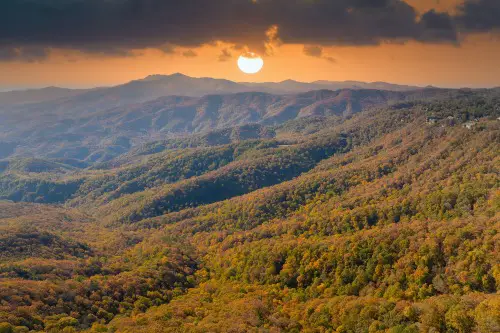
The southern end of the Appalachian Trail at Springer Mountain, Georgia, and the northern end at Mount Katahdin, Maine, are both fair game—but in between, there’s a locked fire tower in New Jersey that many hikers still try to climb. It sits just off the trail near Culver’s Gap and is technically closed to the public. That doesn’t stop people from jumping the fence and heading up. The view is great, but it’s not worth the potential fine.
The tower is fenced off for safety and preservation, not just to be annoying. But hikers say the temptation is too great after hundreds of miles on foot. For some, it’s a way to say they “did it all”—even the parts they weren’t supposed to. It’s a gray area, but one that’s still enforced when caught.
7. Longs Peak, Colorado – Ends at the Edge of the Diamond
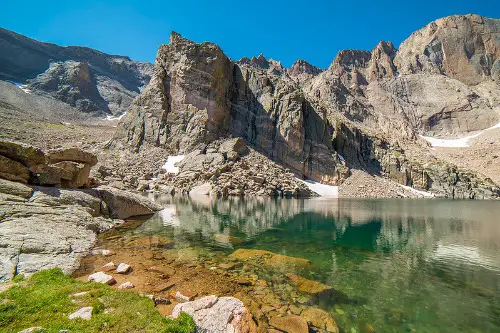
Longs Peak in Rocky Mountain National Park is already a serious climb, but some hikers go a step further and veer off the Keyhole Route to scramble toward the Diamond—a sheer, vertical cliff face only meant for technical climbers. There’s no trail here, just loose rock and dizzying exposure. Rangers warn against it, but every year someone tries anyway. The idea of tagging the very edge is hard to resist.
Technically, it’s not illegal—but if you’re not geared for a technical climb, it’s absolutely off-limits for safety reasons. Rescue operations in this area are common and costly. It’s one of those places where hikers convince themselves “just a peek” is harmless. But it only takes one misstep to make it your last.
8. Enchantments Trail, Washington – Ends in a Permit-Only Zone
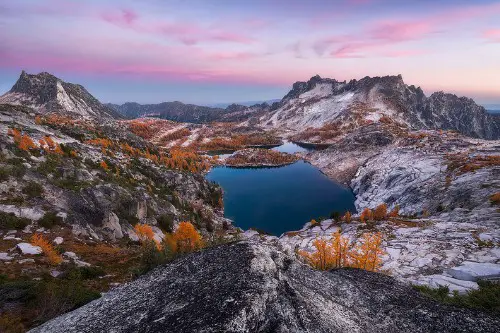
The Enchantments are a stunning section of the Alpine Lakes Wilderness, and while you can hike through parts of it legally, the Core Zone requires a highly competitive permit. Still, many hikers try to sneak in via side trails like Snow Lakes or Colchuck. The area is fragile alpine terrain, and unauthorized foot traffic damages it quickly. Park officials have ramped up patrols, but enforcement is tricky.
Some people camp just outside the zone and “day hike” in, thinking it’s a loophole. But even that’s discouraged unless you’ve drawn a permit. The temptation to see those turquoise lakes and larch trees in peak color is strong. Just know that being caught can mean fines and being asked to leave.
9. Crater Lake Trail, Oregon – Ends at a Cliff You’re Not Supposed to Jump
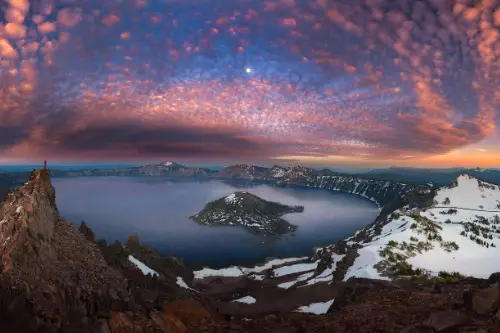
The Cleetwood Cove Trail is the only legal way down to the water at Crater Lake, and even there, jumping in is strongly discouraged—though technically allowed. But some daredevils take it further, climbing up surrounding cliffs and leaping off into the lake. This is strictly forbidden, and signage makes it clear. Still, the viral appeal of “illegal cliff jumping” videos brings a steady stream of lawbreakers.
The water is ice-cold, the rocks slippery, and rescue is difficult. People have been seriously injured or killed trying this stunt. Rangers routinely issue citations, especially in summer when crowds swell. But the myth of “getting away with it” lives on through social media.
10. Grinnell Glacier Trail, Montana – Ends at a Glacier You’re Not Allowed to Touch
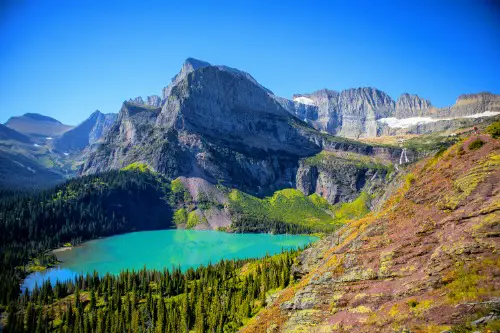
Glacier National Park’s Grinnell Glacier Trail is a stunning hike that ends with panoramic views of Grinnell Glacier—but not on the glacier. There are signs warning hikers not to go past the viewpoint due to fragile terrain and hidden crevasses. Still, some visitors ignore the warnings and scramble down to touch the ice. It’s not just against the rules—it’s dangerous.
Park staff have tried to educate the public, but many see it as a once-in-a-lifetime photo op. Some hikers justify it by saying the glacier is shrinking and “won’t be here forever.” That may be true, but the park still needs to protect it—and you. Enforcement is inconsistent, which fuels the idea that it’s okay if no one sees.
11. Devil’s Path, New York – Ends at an Abandoned Fire Tower That’s Off-Limits
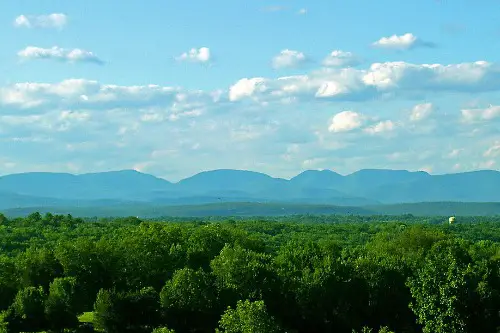
The Devil’s Path in the Catskills is already a grueling hike, but some adventurers push past the end of the trail to bushwhack toward Hunter Mountain Fire Tower’s base from an unofficial route. The tower is open from the official trailhead, but coming at it from the backside involves trespassing through private property. Signs are sparse, and many don’t realize they’ve crossed a boundary. But property owners and rangers do patrol from time to time.
Even though the fire tower itself is legal to visit, how you get there matters. Those trying to avoid the longer legal route end up breaking the law without knowing. It’s a shortcut with a catch—and locals don’t take kindly to it. It’s one of those “ends” that turns illegal if you push just a bit too far.
12. Mahoosuc Notch, Maine – Ends in a Cave System You Shouldn’t Enter
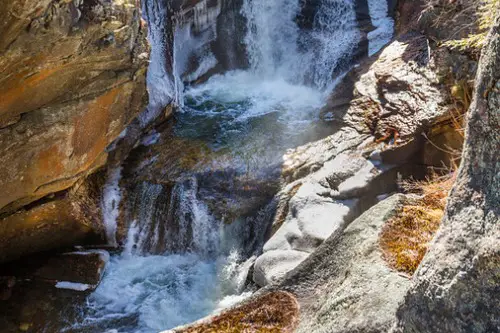
Known as the “toughest mile on the Appalachian Trail,” Mahoosuc Notch is a boulder scramble that’s part hike, part crawl. At the end of the notch are small caves formed by jumbled rock, and some hikers explore deeper into these dark, narrow spaces. But these caves are unstable, prone to rockfall, and not maintained or mapped. Park staff strongly discourage entry, especially solo.
Still, people can’t resist the lure of hidden chambers and icy air—even in summer. The idea of discovering a secret part of the trail feels irresistible. But it’s exactly the kind of off-the-map exploring that ends in injury. It may not be “illegal” in the strictest sense, but it’s definitely not advised—and often leads to rescue calls.
This post 12 Hiking Trails That End in Places You’re Not Supposed to Be was first published on American Charm.


